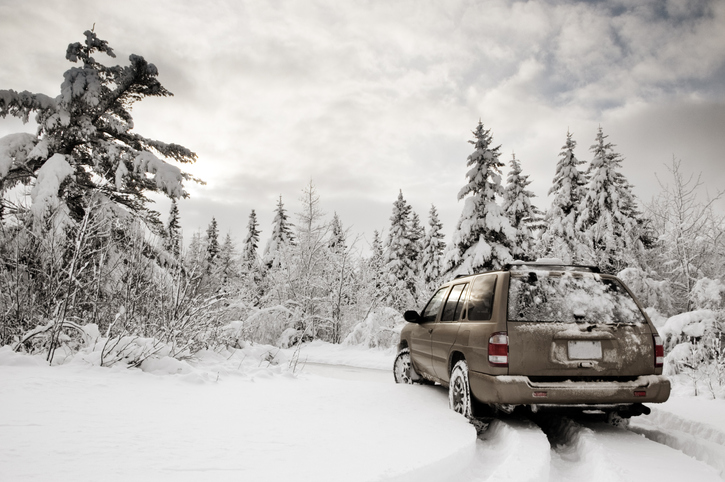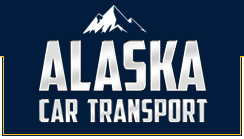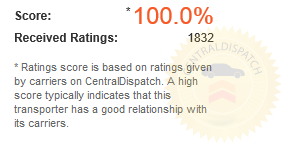Alaska’s winter weather and four-wheel drive
Advice for driving a car or truck with all-wheel drive
Conclusion

Alaska’s winter weather and all-wheel drive
Having all-wheel drive in Alaska can make life much easier as well as safer. The fact is that there is potential for snow in many parts of Alaska from October through March. This obviously includes the potential for heavy snowfall as well.
When you consider the many miles of road and the lower population per capita in Alaska, it is safe to assume that roads do not get cleared nearly as quickly as they do in many major cities. Yes, in places like Anchorage the roads get cleared relatively quickly. In general, when you consider the higher amount of snowfall in conjunction with the lower general population, you can see how roads can get snowy and icy and stay that way for a bit.
Therefore, having a car with all-wheel drive can make a massive difference in Alaska. All-wheel drive sends extra power to your wheels that increases traction which is a huge necessity in terms of driving in the snow. This will increase your ability to handle and maneuver the vehicle in the snow. Many cars that have all-wheel drive also have extra ground clearance which also goes a long way on snow-filled roads.
Advice for driving a car or truck with all-wheel drive
All-wheel drive is your best option for driving in the snow. However, you should know the following before you take your first ride with all-wheel drive:
- Get your fluids right – Be sure that you follow the manufacturer recommended fluid recommendations for your particular all-wheel drive vehicle. The fluids in the car are critical to the performance of the all-wheel drive system and each car will have different recommendations. You can always talk to your mechanic and have him take care of this if it is too much for you to handle.
- You need the correct tires – Make sure that you have winter tires for driving in the snow with your all-wheel drive vehicle. If you do not, the extra power you get with all-wheel drive will be wasted.
- Prepare for your stop – All-wheel drive makes for great improvements with traction and handling of your vehicle. It does not however help with your ability to stop. So, you will still need to drive with caution and stop slowly and further in advanced when you are driving in the snow.
- Make sure that the tires are the right size – it will be difficult to tell if your tires are the optimal size to get the most out of your all-wheel drive. Find you factory recommendations and take them to a tire shop or a mechanic and have them check that the tires are in fact the correct size.
Conclusion
All-wheel drive will make your winters driving in much easier and safer. Your ability to handle your car will be noticeably better. Remember, to maximize the performance of your all-wheel drive system, you need to use the right fluids and tires. Finally, you still need to drive at low speeds and with extreme caution when you are out driving in the snow in Alaska even if you have all-wheel drive.


